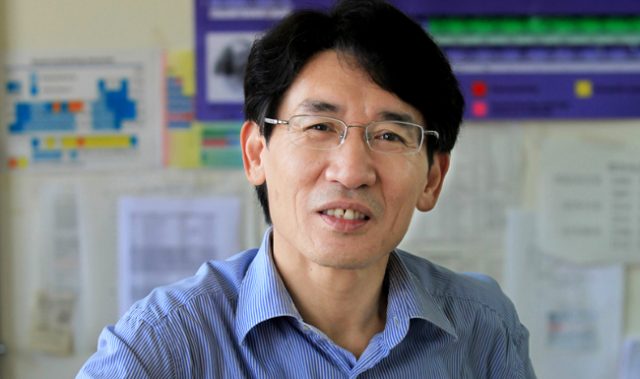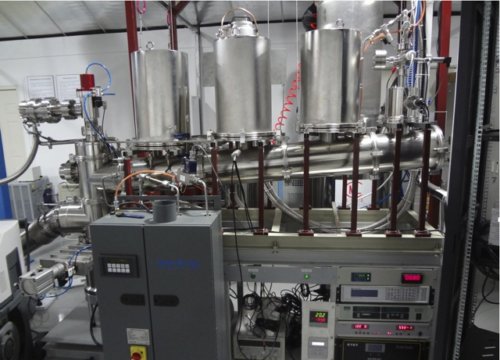
AsianScientist (Mar. 28, 2017) – In a study published in Science China Physics, Mechanics & Astronomy, researchers from Shanghai Jiao Tong University describe the successful detection of the Majorana fermion, an exotic particle predicted by the Standard Model of particle physics.
The Majorana fermion is an exotic particle whose anti-particle is exactly the same as itself. Majorana fermions obey non-Abelian statistics and thus can be used in fault-tolerant topological quantum computation which could greatly enhance the abilities of quantum computers. In condensed matter, Majorana fermions are predicted to exist as quasi-particle excitations in topological superconductors.
However, topological superconductors have yet to be confirmed to exist. Instead, the team led by Professor Jia Jin-Feng built an artificial topological superconductor and using used it to detect Majorana fermions in a scanning tunnelling microscope.
The present study builds on work conducted in 2012 where Jia and his team first successfully grew films of the topological insulator bismuth selenide (Bi2Se3) on top of the superconductor niobium selenide (NbSe2). In the topological insulator-superconductor heterostructure, the topological surface states acquire superconductivity from the superconducting substrate via proximity effect and become topological superconductors.
When a magnetic field is applied, Majorana fermions are formed at the surface of the heterostructure. By careful analysis of the spatial distribution of the excitation states in the vortex core of the heterostructure, the researchers found solid evidence of the existence of Majorana fermion.
The researchers also used spin-polarized scanning tunnel microscopy to detect spin-selective Andreev reflection, an exotic spin property displayed by Majorana fermions. This method not only provided further evidence of the Majorana fermion’s existence but is also a potential method to control Majorana fermions. The ability to control Majorana fermions paves the way for topological quantum computation, the researchers added.
The article can be found at: Sun & Jia (2017) Majorana Zero Mode in the Vortex of an Artificial Topological Superconductor.
———
Source: Science China Press.
Disclaimer: This article does not necessarily reflect the views of AsianScientist or its staff.












